Living With Dinosaurs: Prehistoric Animals That Are Still Alive Today
Unless someone invents time travel, we will never see a real-life woolly mammoth, saber-tooth tiger, or dinosaur. Those animals went extinct millions of years ago. However, plenty of prehistoric animals still walk among us today, if you know where to look.
These animals have remained relatively unchanged for millions of years, and some even outlasted the dinosaurs. Some are so rare that scientists thought they were extinct until 1938; others were discovered within the past couple of years. Here are the world's living animal fossils.
Komodo Dragons

Komodo dragons are the largest lizard species on earth and the closest reptile we have to a dinosaur. However, researchers believe that they didn't originate in Indonesia since they found fossils of the dragon in Australia. The fossils' dates range from 300,000 years ago to four million years ago.
Paleontologists from the Queensland Museum pinpointed fossils of a more gigantic lizard that could be the ancestor of the eight-foot-long lizard. But despite the komodo dragon's long history, there is a lot that we don't know about it.
The Babirusa
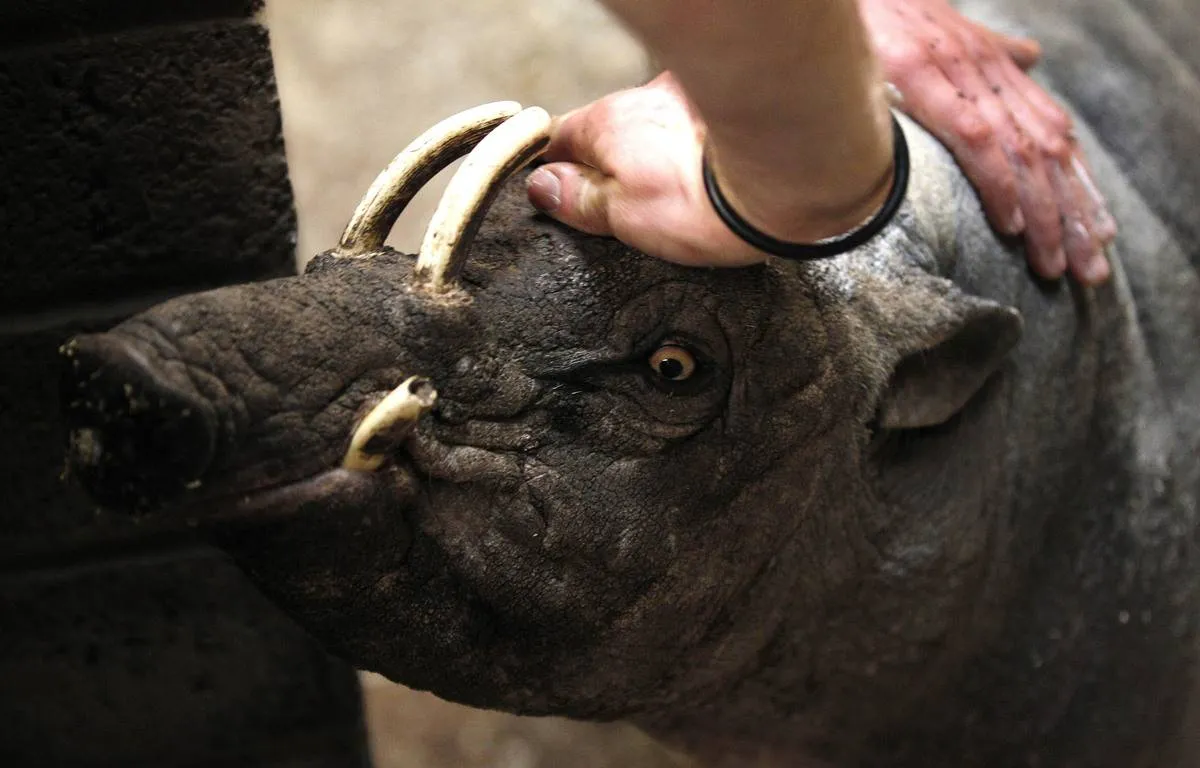
Babirusas are as prehistoric as they appear. Indonesian cave paintings date these animals as far back as 35,000 years. Unlike other boars, babirusas' horns pierce through their skull. They have been a threatened species since 2010.
Babirusas are the oldest living member of the pig family. There are technically four species of babirusa, with some of them having long fur. Many live in nature reserves in Indonesia, and tours can lend you a rare glimpse of this animal.
The Coelacanth
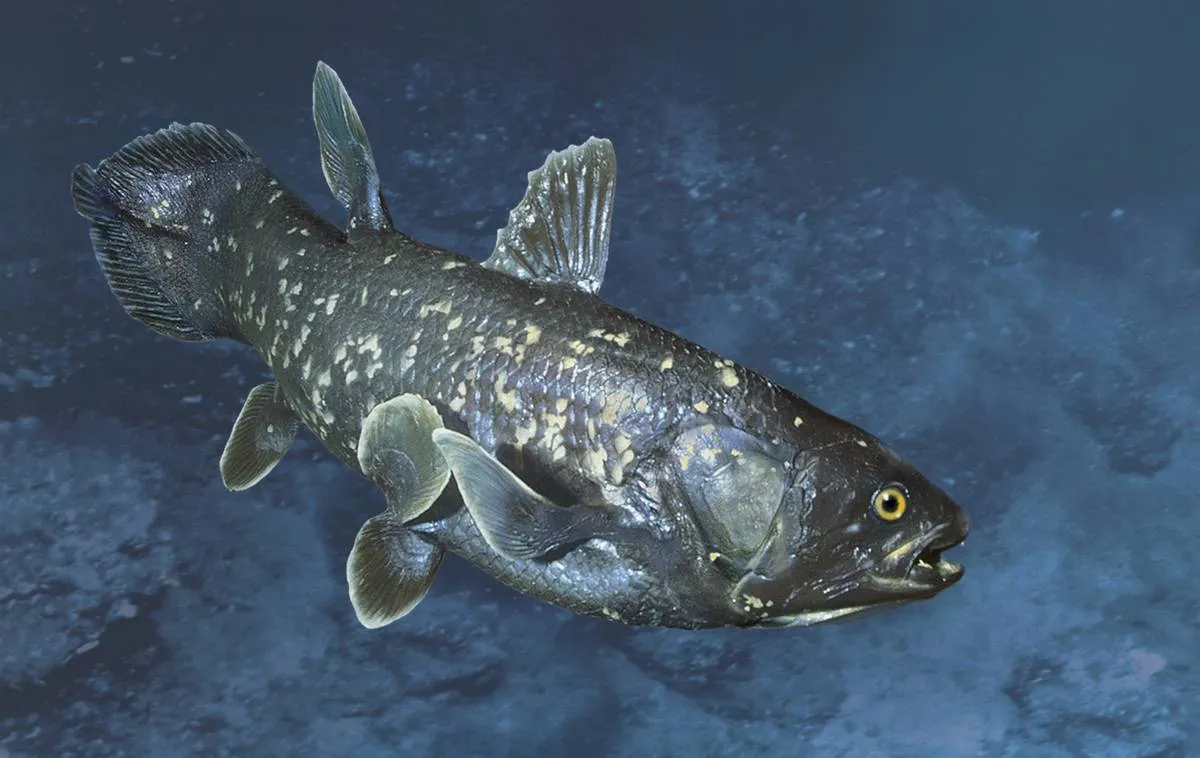
The coelacanth is so rare that researchers believed it was extinct until 1938. Now we know that this fish has outlived the dinosaurs. This large fish has explored the coast of Africa and Indonesia for over 400 million years.
For a while, researchers believed that that coelacanth was the evolutionary link between sea and land creatures. DNA sequencing from 2013 reveals that that is not the case. Coelacanths are more closely related to the lungfish and other ray-finned sea creatures.
Sea Sponges
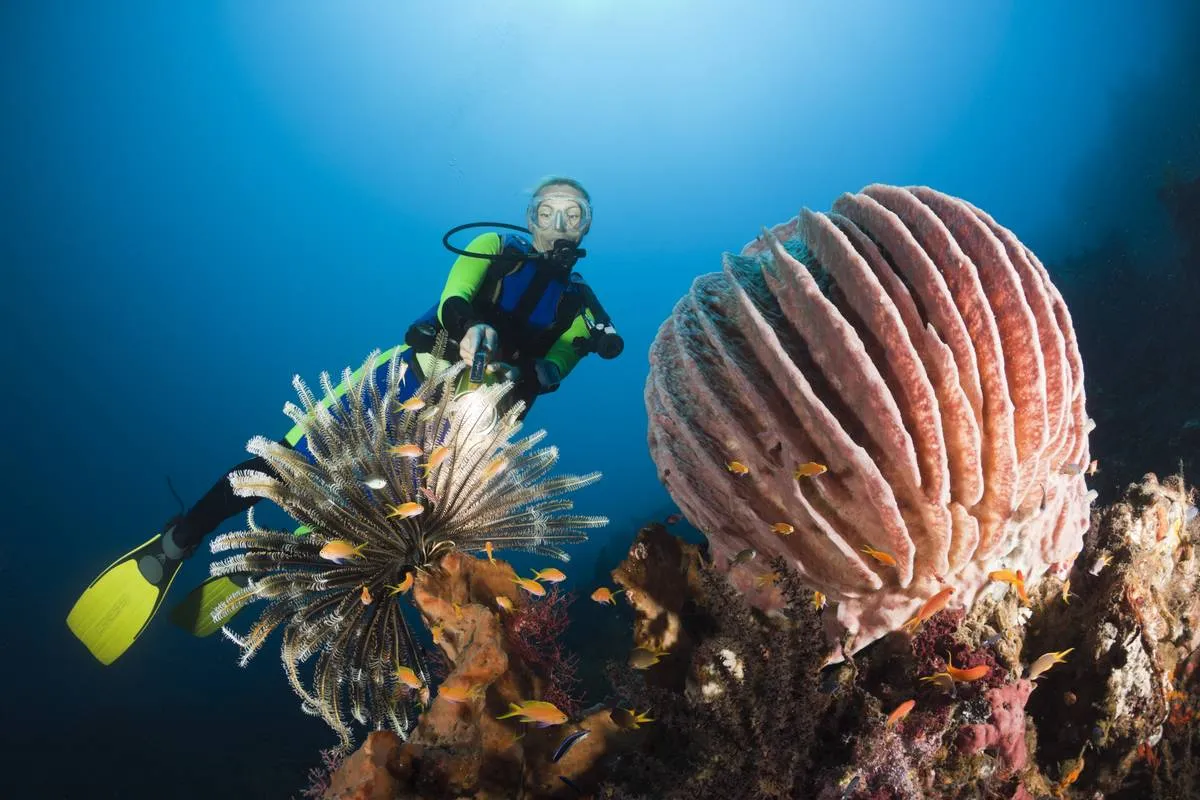
Although they look like plants, sea sponges are one of the world's oldest animals. Research from 2018 dates a fossil back to 660 million years ago. That's 100 million years before the Cambrian explosion when most modern animals evolved.
According to one hypothesis, sea sponges may have kickstarted the Cambrian explosion. Since they don't need much oxygen to survive, they could survive the world's primitive ocean climate. They add more oxygen to the water, which allows more animals to evolve.
The Tuatara
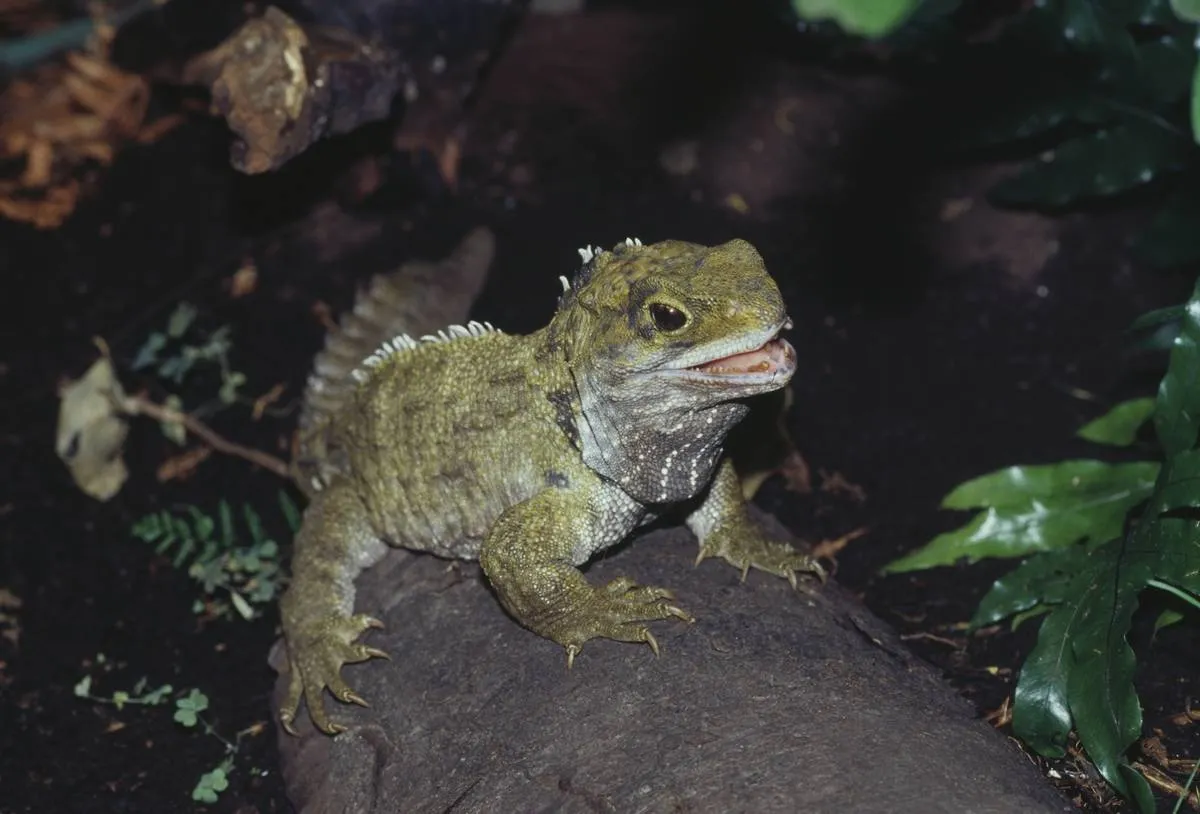
New Zealand's living dinosaur lives in the form of a tiny lizard. The tuatara is the only surviving ancestor of the Order Sphenodontia, and it evolved over 200 million years ago. Its other relatives died out over 60 million years ago.
Tuataras have a parietal eye, which is the third eye on the top of their heads. As they age, this eye becomes overgrown by scales. When explorers brought rats to their native island, the tuataras became endangered. They have been protected since 1895.
The Okapi

Although okapis look like a mix between a deer, and a zebra, they are the living ancestors of the giraffe. Around seven million years ago, the okapi evolved into the S. major, and then into the giraffe. However, okapis have roamed the earth for 16 million years.
Although the okapi is endangered, scientists still don't know how many are left. They graze the rain forests of the Democratic Republic of the Congo, and many still live in zoos.
The Martialis Heureka Ant
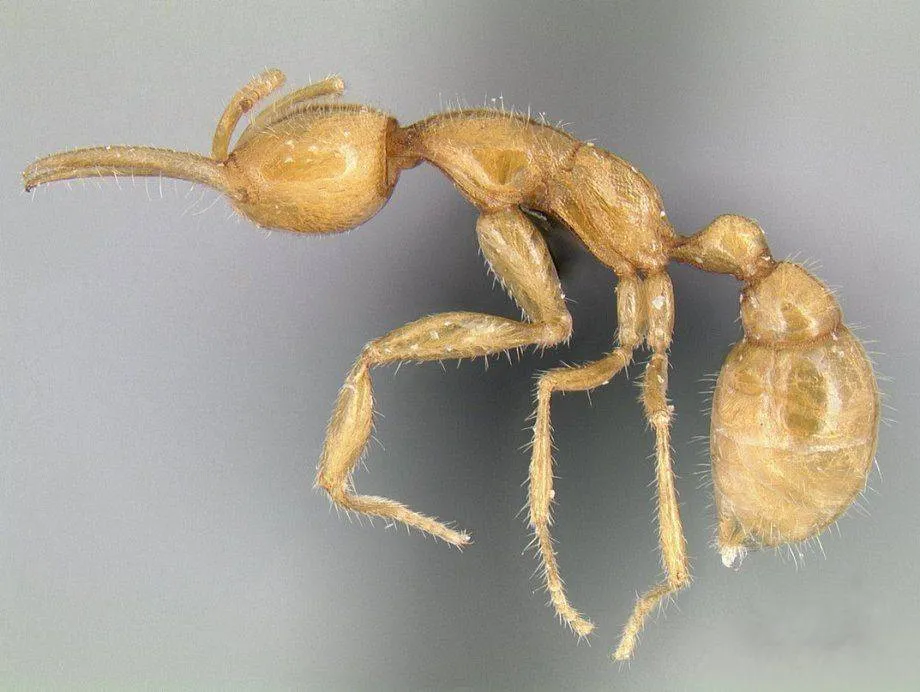
The martialis heureka ant has only been discovered recently, around 2015. Scientists believe that these ants evolved underground before coming to the surface 125 million years ago. Only three specimens have been found outside of the Amazon jungle.
Researchers suspect that the martialis heureka ant is the ancestor of all other living ants. Since they live underground, they have remained hidden for hundreds of years. Studying these ants may reveal how our modern-day ants have evolved.
Lamprey
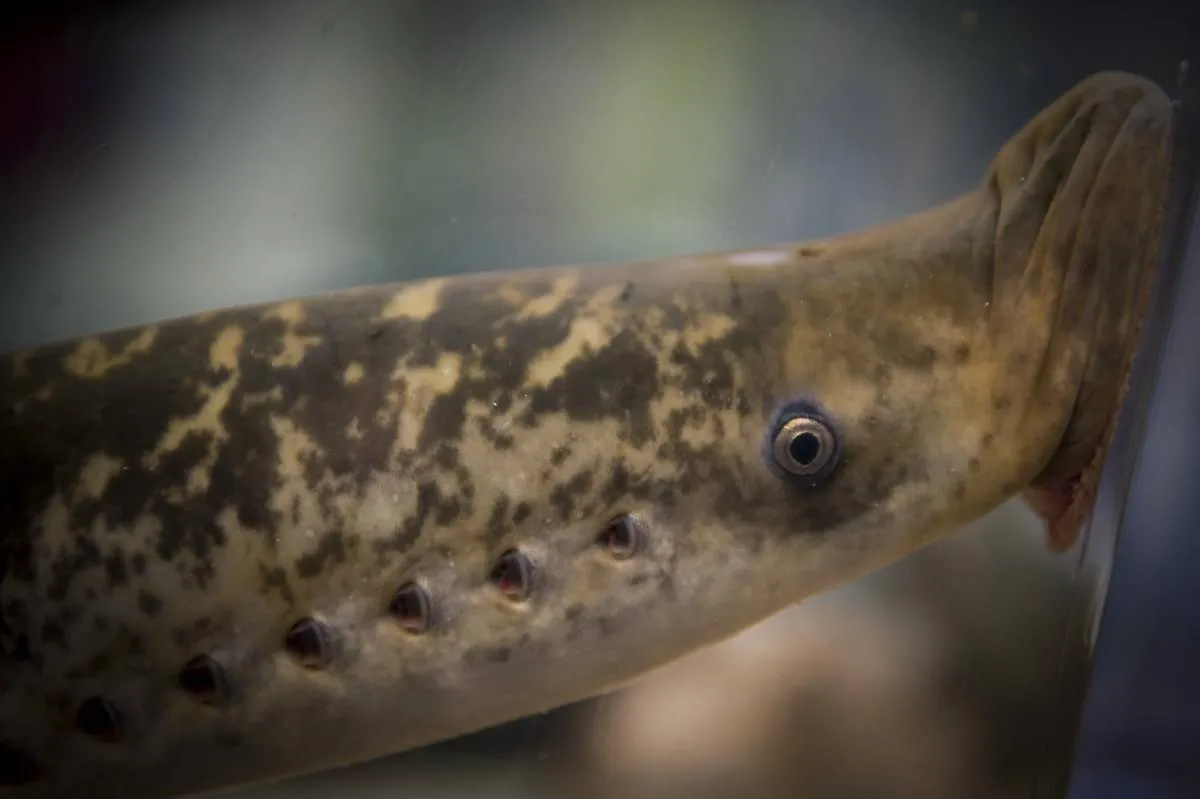
Although lampreys look like a parasitic eel, they are the world's oldest living fish. They have survived nearly unchanged for over 450 million years. They cling to other fish and use their suction cup-like mouths to suck blood.
Lampreys may have been America's first invasive species. When they entered the Great Lakes in the 1830s, they quickly overpopulated the area. However, lampreys live in freshwater lakes and streams around the world. They do not harm humans.
Echidnas

The first echidna evolved between 20 and 50 million years ago. Their ancestors were aquatic and looked like a platypus, although echidnas evolved to walk on land. As a result, echidnas are a monotreme, a mammal that lays eggs.
Today, echidnas live in Australia and New Guinea. Throughout its long history, the echidna has adapted to several environments, from deserts to forests. These ancient animals are unfortunately endangered because they are hunted as a delicacy.
The Cassowary
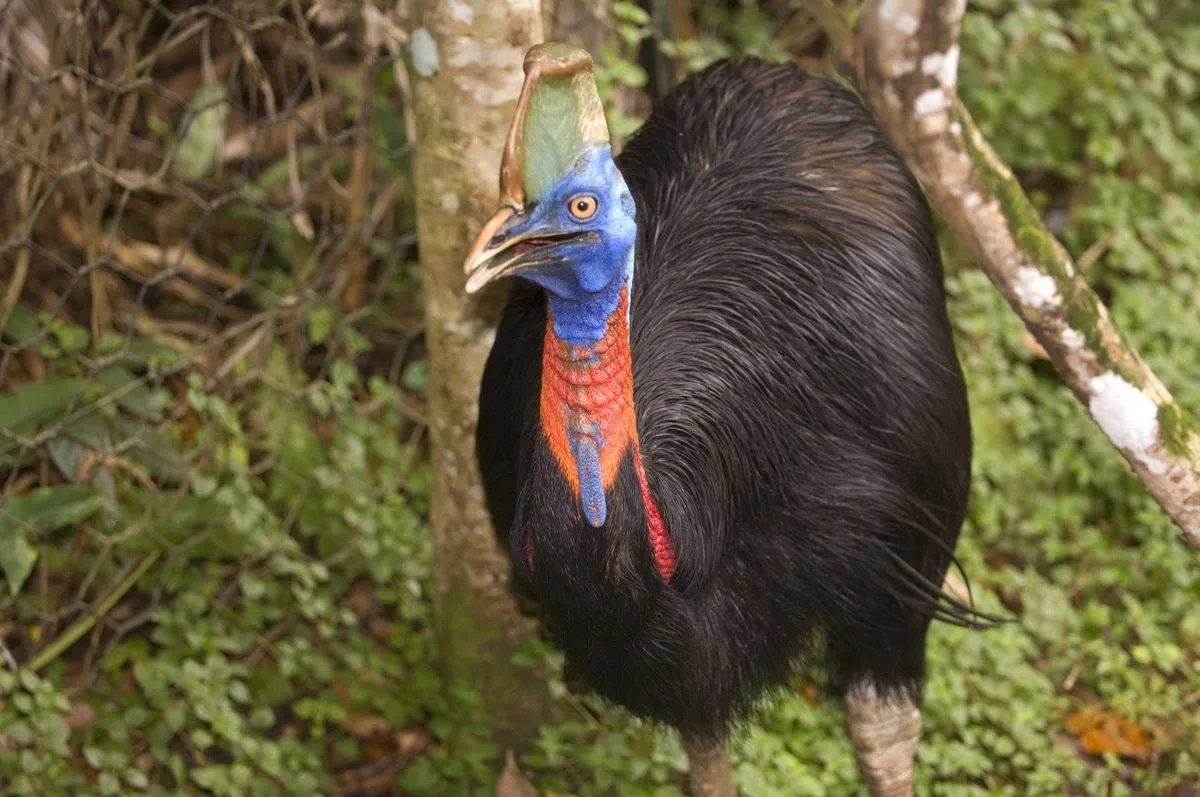
Cassowaries are elegant, ancient, and the most dangerous bird alive. These tall birds have been around for 80 million years, and their ancient ancestor, the Corythoraptor jacobsi, looks exactly like them.
The cassowary has four-inch-long claws and can run up to 30 miles per hour. Residents of Australia and New Zealand have to move cautiously around these birds. Tourists love to see these living dinosaurs, especially their feet, which look almost exactly like dinosaur feet!
Horseshoe Crabs
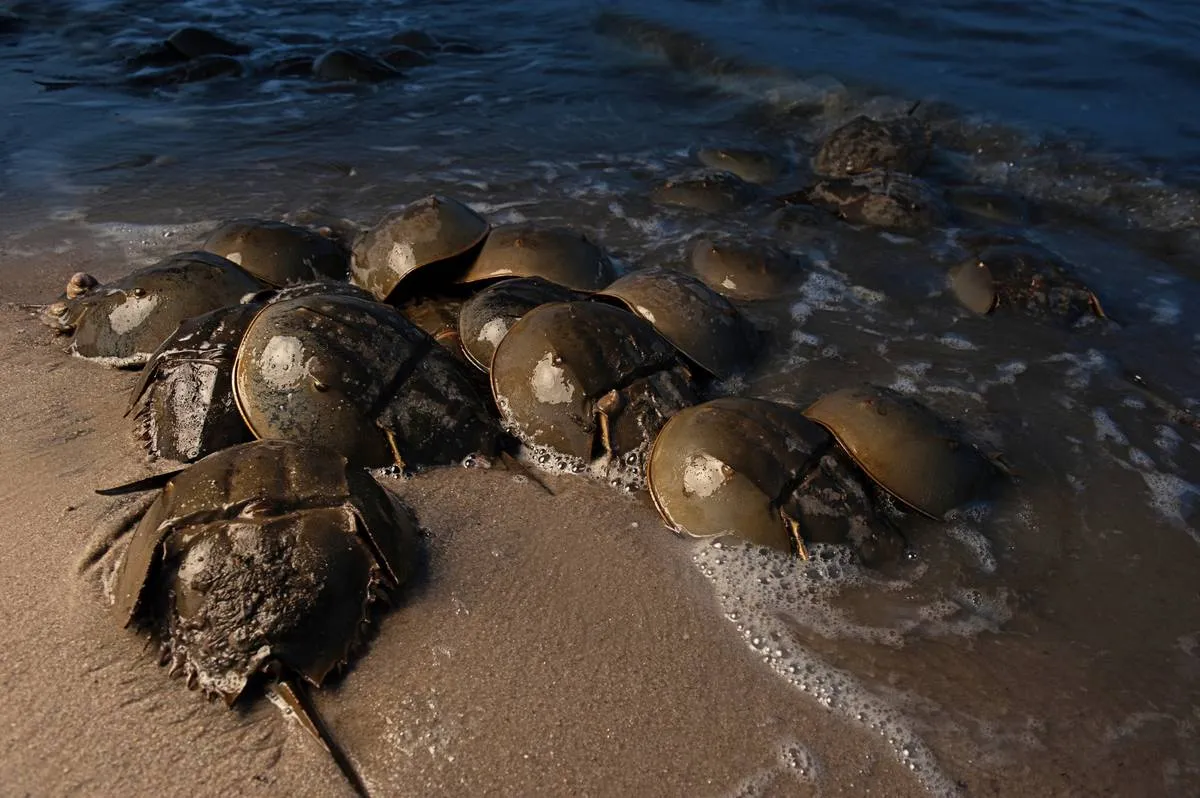
Horseshoe crabs have fascinated scientists for decades. According to fossil records, the first horseshoe crab evolved around 450 million years ago--200 million years before the first dinosaur. They lived in the sea and shorelines far before the continents formed.
Horseshoe crabs aren't actually crabs; they are more closely related to spiders and scorpions. Today, only four species of horseshoe crabs prevail, and most dot the coastline of North America in the Atlantic Ocean. Fishermen often used these animals for bait.
The Pygmy Right Whale

Before 2012, researchers believed that an ancient whale breed called cetotheres had been extinct for two million years. Then, they discovered the last remaining relative, the pygmy right whale. This whale has likely been around for at least 23 million years.
Pygmy right whales are an anomaly. Despite their name, they are closely related to baleen whales, but their skull mirrors the ancient cetotheres. By studying the pygmy right whale, scientists can observe how ancient whales lived.
The Solenodon
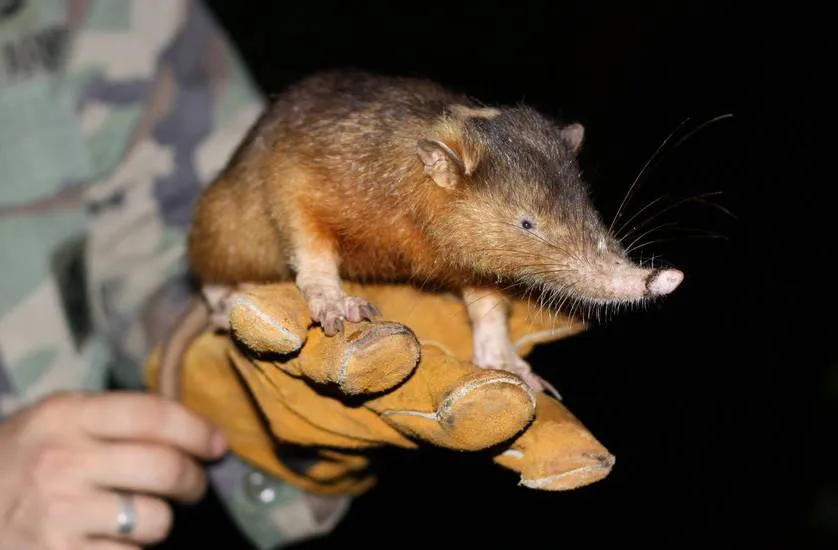
The solenodon, a ten-inch-long shrew, once shared the earth with the dinosaurs. Two species of solenodons have thrived for 78 million years since the Cretaceous period. They are also one of the world's few venomous mammals.
Solenodons have mobile noses and can secrete venom from their front teeth. Researchers aren't sure how these mammals survived the asteroid hit that wiped out the dinosaurs, but they are now threatened by stray dogs who hunt in Cuba.
Alligator Gars
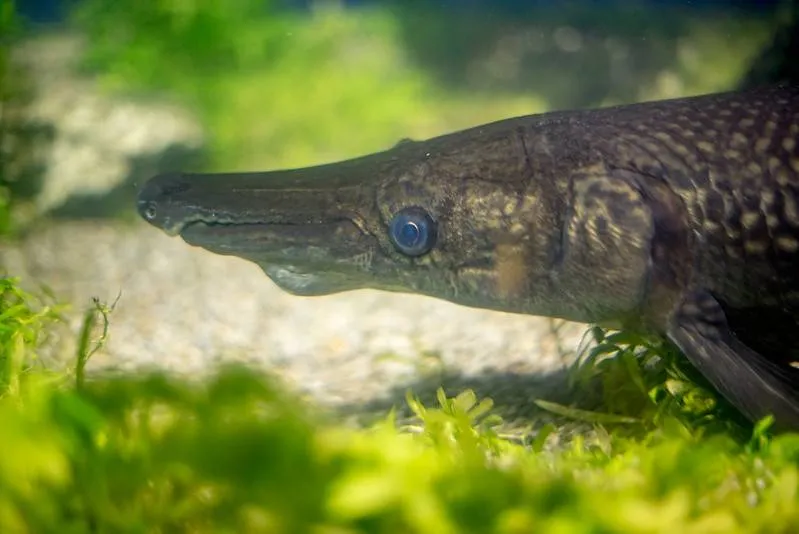
In April 2019, Oklahoma fishermen hauled a seven-foot-long fish that looked more like an alligator dinosaur. This was an alligator gar, the "living fossil" that has survived for 118 million years. Despite their appearance, they have no direct relation to alligators.
Alligator gars are the largest species of the garfish. Despite having needle-like teeth, they have never bitten a human, according to reports. Unsuspecting fishers in the southern U.S. sometimes spot this fish from the early cretaceous period.
Shoebill Storks
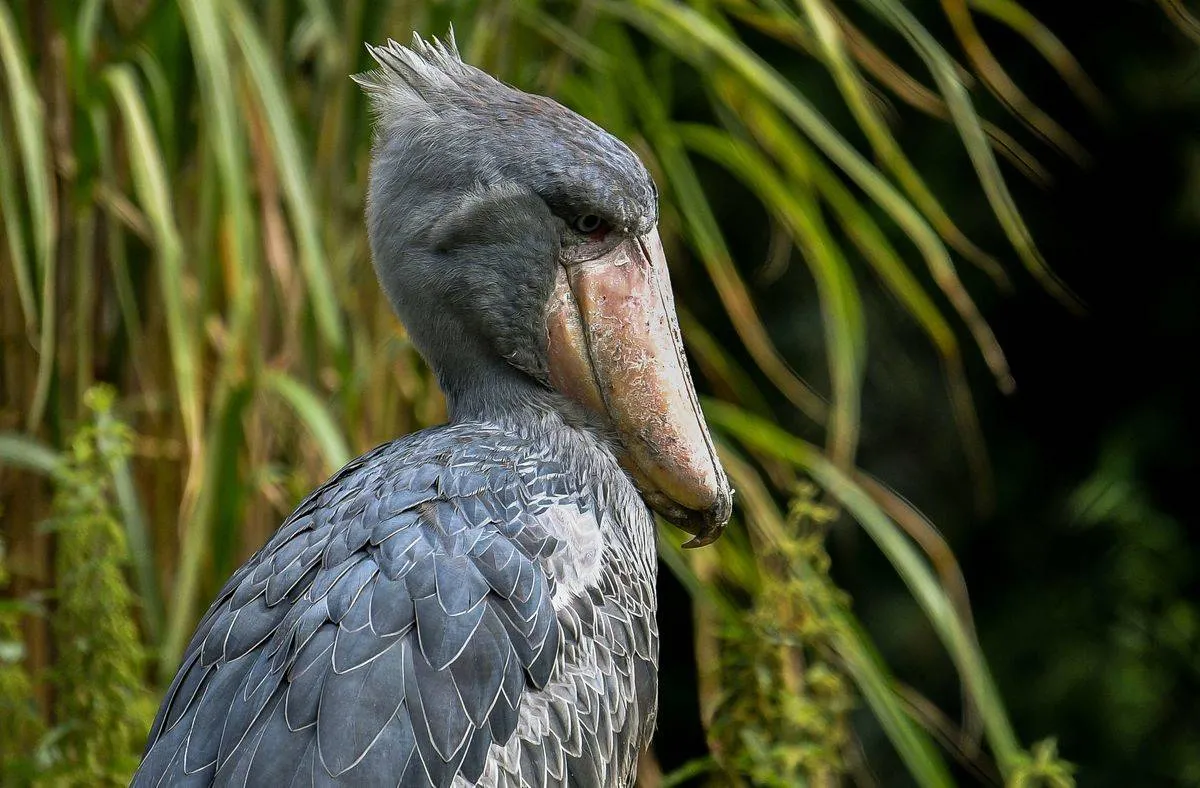
Shoebill storks may look like a dinosaur from The Flintstones, but they are feared for their ferocity. Records of this enormous bird date back to ancient Egypt, although it wasn't classified until the 19th century.
Shoebill storks are vulnerable to extinction in the wetlands of Uganda. This bird has two known ancient relatives, the Goliathia and the Paludavis, which have appeared in fossils. But the shoebill stork is the only relative who has lived this long.
White Rhinoceros

White rhinos evolved between 34 and 55 million years ago from the same ancestor of horses, tapirs, and zebras. Both tapirs and rhinos are prehistoric. Giant rhinos and wholly rhinos once roamed the world's deserts and ice caps.
Despite the name, there is no color difference between white rhinos and other rhinoceroses. As a critically endangered species, rhinos are currently under conservation care. Their numbers are slowly climbing back.
Musk Oxen
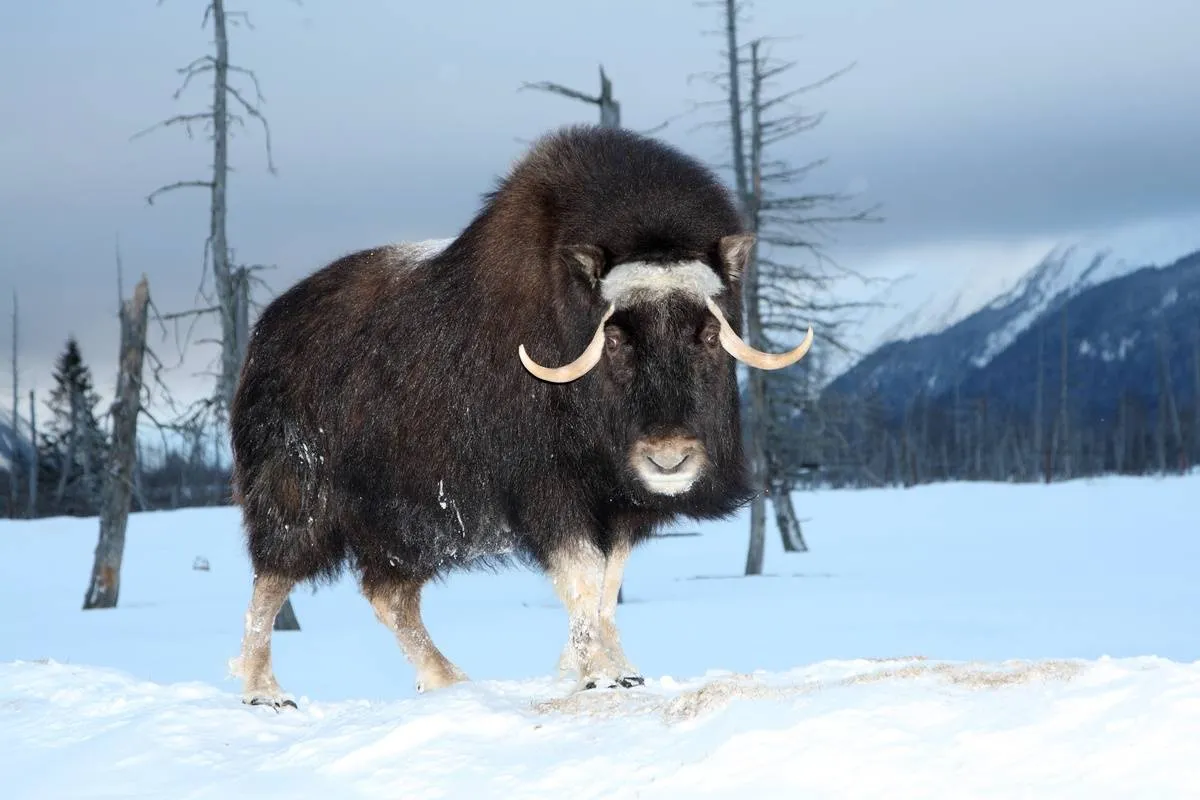
Researchers believe that musk oxen have roamed the earth for 187,000 to 129,000 years. Although musk oxen are related to goats and sheep, they come from their own genus, Ovibos. They are the last of the Ovibos still alive today.
Musk oxen likely originated in Europe before crossing over to Canada and Alaska. Based on ancient records, their population seemed to peak during the Ice Age over 20,000 years ago. They still explore North America today.
The Chambered Nautilus
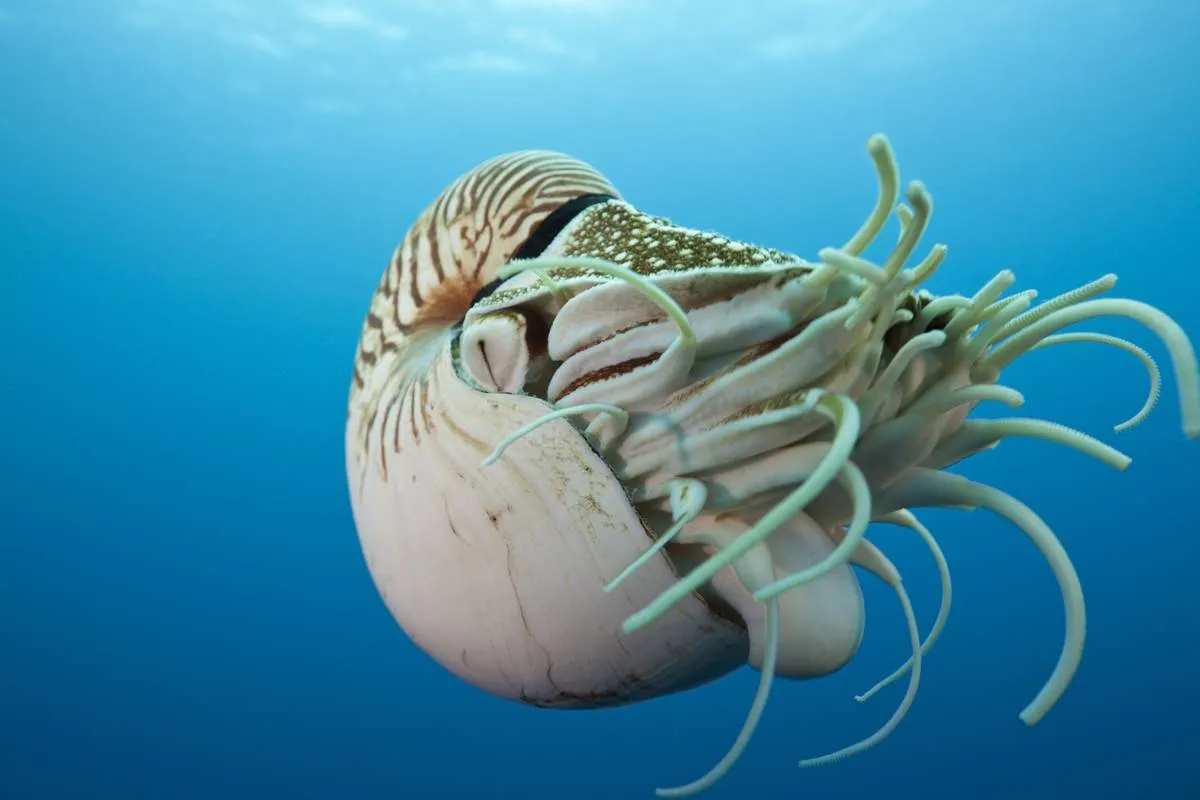
Chambered Nautilus, the most well-known fish in the nautilus family, is one of the oldest animals in the world. Fossils of them date back to 50 million years ago. Oddly enough, they look exactly the same as they did back then.
The chambered nautilus is now threatened due to over-hunting for its valuable shell. However, you can see them up-close in some aquariums. Otherwise, you'd have to dive to the sea floors of Australia and Japan.
The Bactrian Camel
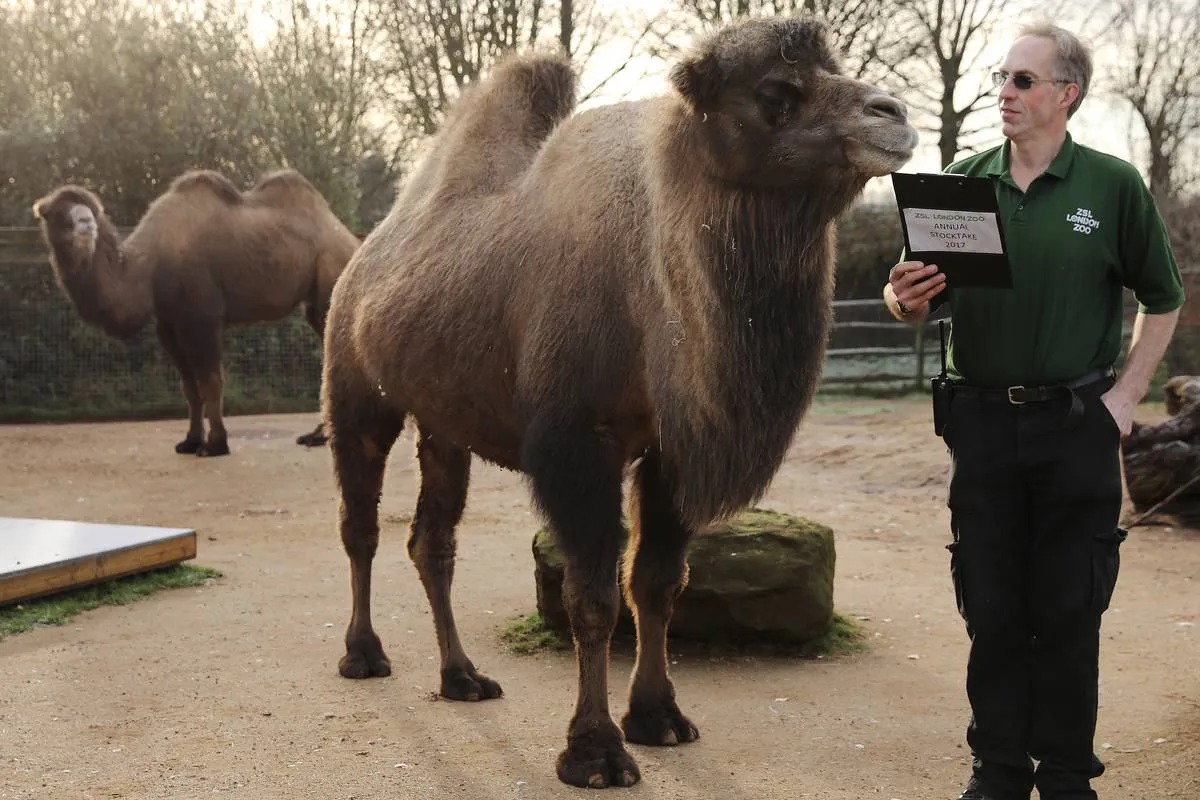
While one-humped camels seem to be the norm, an older, two-humped camel still roams the deserts of Mongolia. According to fossil records, they have traveled through the Gobi Desert for almost two million years. Some are wild, while others are domesticated.
Bactrian camels can withstand temperatures over 100°F and less than -20°F. The wild ones are critically endangered, with less than 1,000 remaining. Their ancestors, known as giant camels, roamed the Arctic over 3.5 million years ago.
Lake Sturgeons
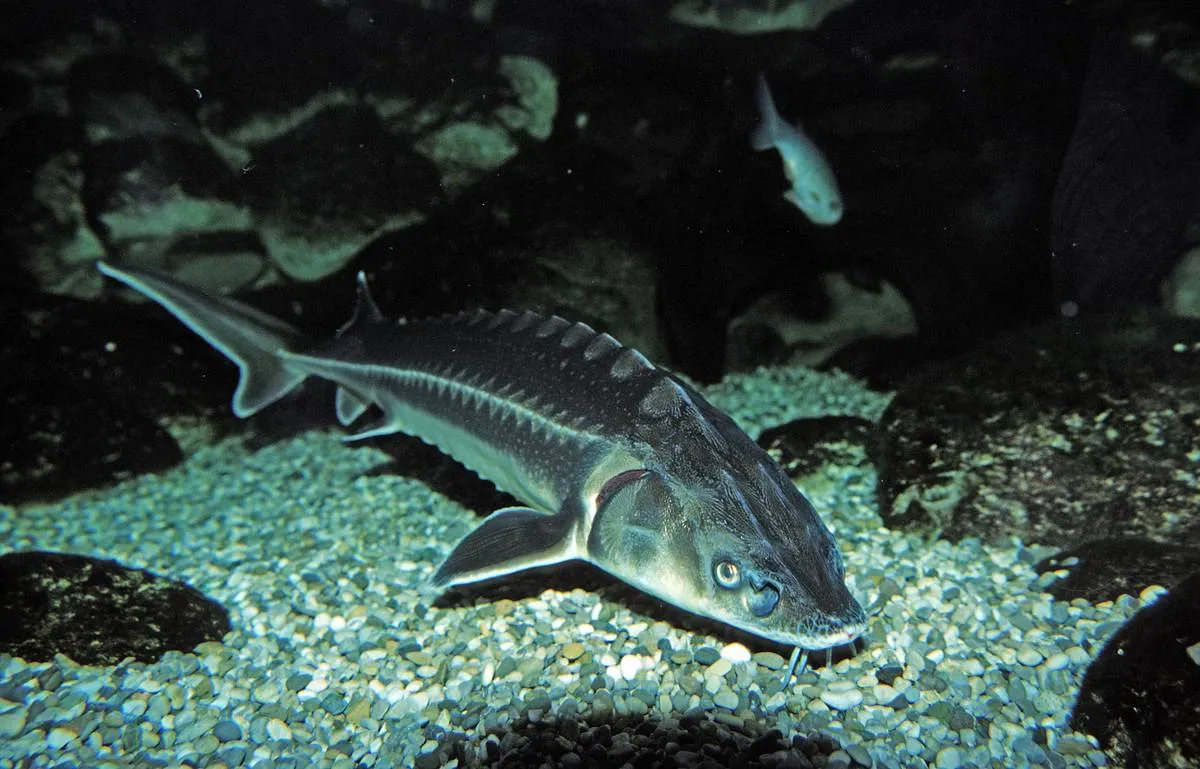
Although lake sturgeons look like sharks, they are a fish that have thrived in the Great Lakes for over 10,000 years. Fossils date the lake sturgeon back 150 million years. They can grow up to nine feet long and weigh up to 300 pounds.
Unlike other fish, lake sturgeons don't have scales. Instead, they have five rows of hard plates called scutes. Lake sturgeons are vulnerable to over-fishing, but conservation efforts have maintained their population.
Gharials
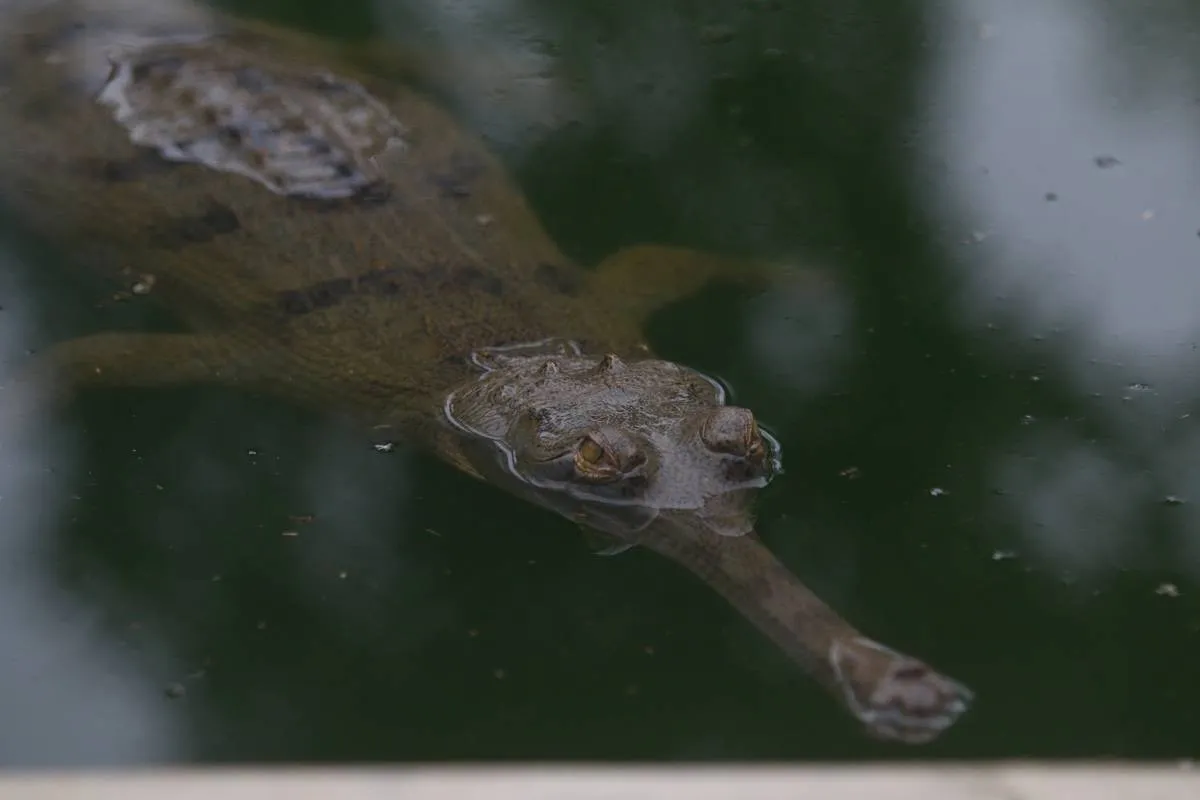
If the gharial looks like a crocodile dinosaur, that's because it is. Gharials are the oldest crocodile breed in the world. Fossils of these animals have appeared in the Narmada River Valley, but unfortunately, they have been critically endangered since 2007.
The oldest depictions of gharials date back 4,000 years. Scientists still aren't sure how they evolved differently from crocodiles, whether they evolved earlier in history or later. But with fewer than 200 gharials remaining, we may never know.
Tapirs

Tapirs are the oldest large mammals in the world. Their proud history dates back at least 20 million years, and they have hardly changed since the Early Oligocene period. Although they look like a cross between a pig and an elephant, tapirs are related to rhinoceroses.
Like elephants, tapirs have prehensile noses that can move and grab things. Their noses help them breathe while swimming, and they are exceptional swimmers. All four species of tapir are endangered.
The Vicuña

These ancestors of alpacas still exist today; they're called vicuñas. The Inca highly cherished these mammals for their soft, luxurious fur. Unfortunately, excessive hunting has dwindled their numbers in the last 600 years.
Vicuñas roam the mountainsides of Peru, Chile, Bolivia, and Argentina. Many people know these animals for their pricey fur, for which a coat can cost around $21,000. Fortunately, conservation techniques have shielded these ancient animals and raised their numbers to over 80,000.
The Chamois
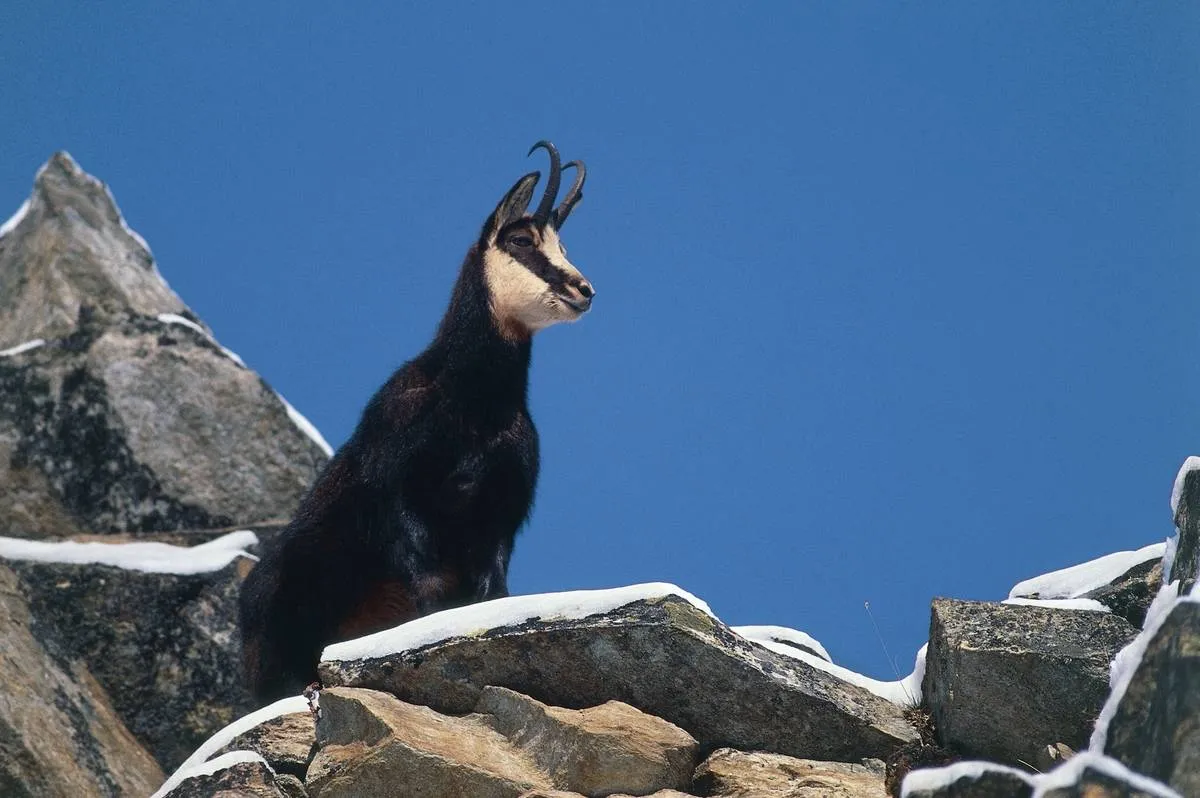
The chamois (pronounced sham-wah) has roamed the European mountains since the last ice age. Ancient humans painted caves with illustrations of these goat-antelopes. Although they were endangered before, strict protection has restored their population.
Chamois dot the Alps, Carpathians, and Pyrenees mountains. With a shoulder height of 31 inches, they are one of the larger goat species. They are neither goats nor antelopes, but a goat-antelope, an ancestor to both species that began around seven million years ago.
The Chinese Giant Salamander
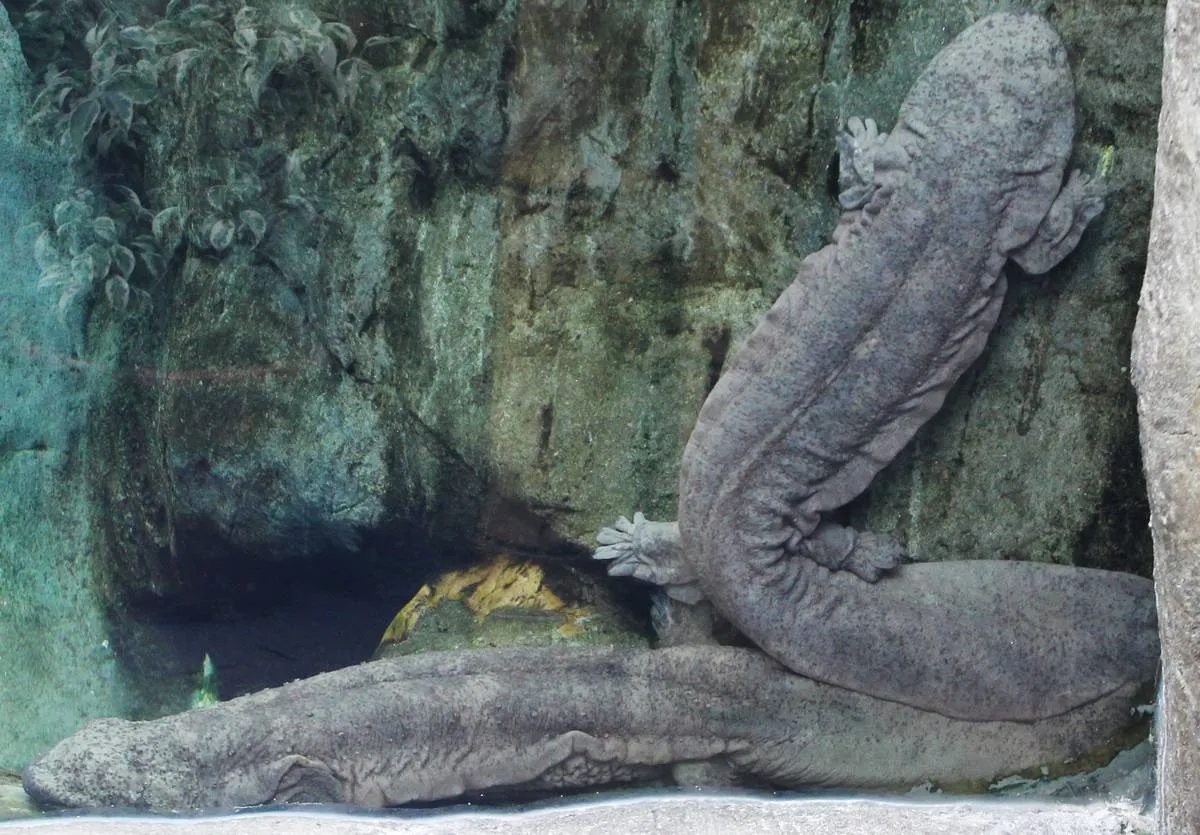
The Chinese Giant Salamander, which has remained mostly unchanged for 170 million years, is the largest amphibian in the world. It can grow up to 3.7 feet long and weigh 110 pounds. They swim through the lakes of the Yangtze river basin in central China.
Today, the giant salamander is critically endangered due to over-fishing since salamander is a Chinese delicacy. The Chinese salamander diverged around 3.1 million years ago, and researchers are still making efforts to save the species.
Sandhill Cranes
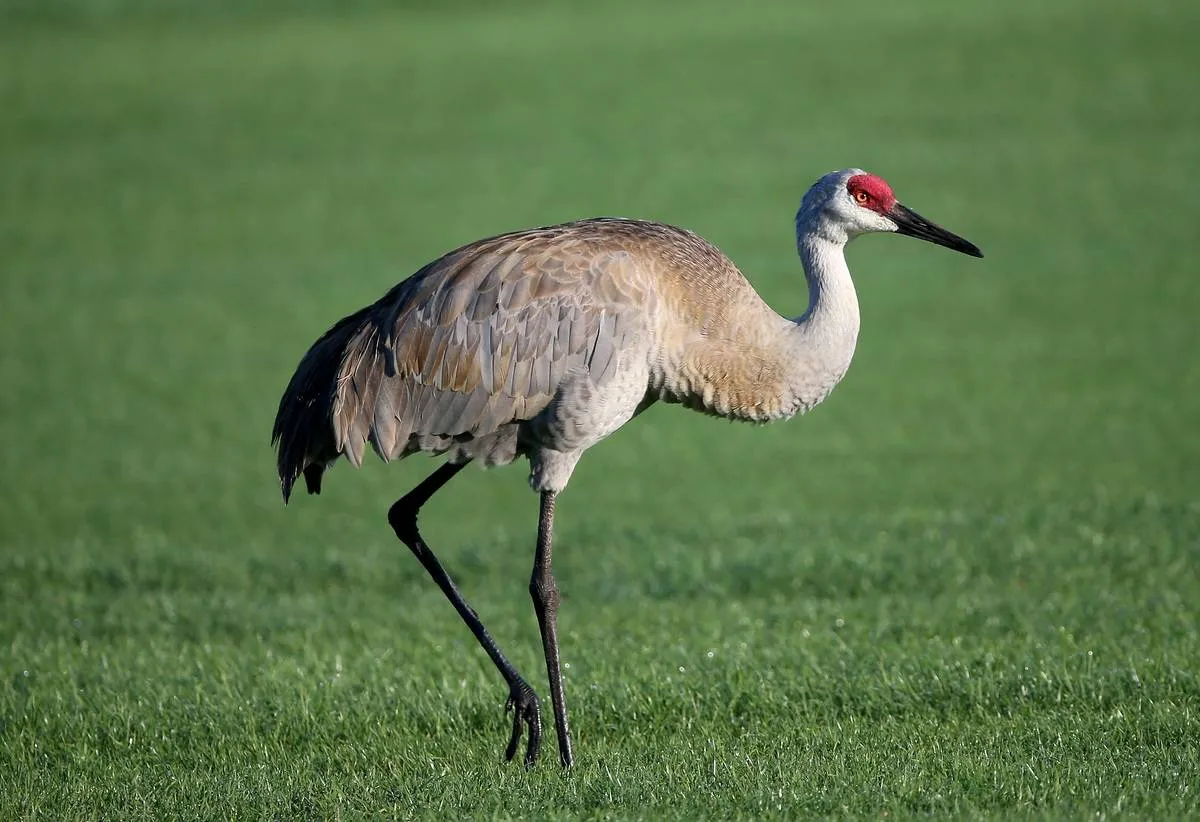
The arctic sandhill crane has flown from Siberia to Mexico and back for over 2.5 million years. After a ten-million-year-old fossil of a sandhill crane was found in Nebraska, it was labeled the oldest bird species still alive today.
Not all sandhill cranes migrate; some remain in the bogs of Florida year-round. But when they fly, they can cover 200 miles in a single day. There are several varieties of sandhill cranes across the world, but all have the same rich ancestry.
Wobbegong Sharks

Often called "carpet sharks," wobbegong sharks lay flat on the ocean floor to eat fish that pass by. Despite being hard to find, these sharks have survived for around 11 million years since the Miocene epoch.
Sharks have roamed the sea for a long time. The "golden age" of sharks is considered to be 360 million years ago, but few look similar to their ancient ancestors. Skilled divers can find wobbegong sharks in the eastern Indian Ocean.
Saiga Antelopes

The saiga antelope once shared the planet with woolly mammoths and saber-tooth tigers. Fossils date back to the late Pleistocene period, at least 2.5 million years ago. Today, they still live in Russia, Mongolia, and Kazakhstan.
From 2016 to 2017, a virus swept through the saiga antelope herds. They have also been subject to poaching, which has made them a critically endangered species. At least 60% of the saiga population has died off since the 1970s.
Whale Sharks
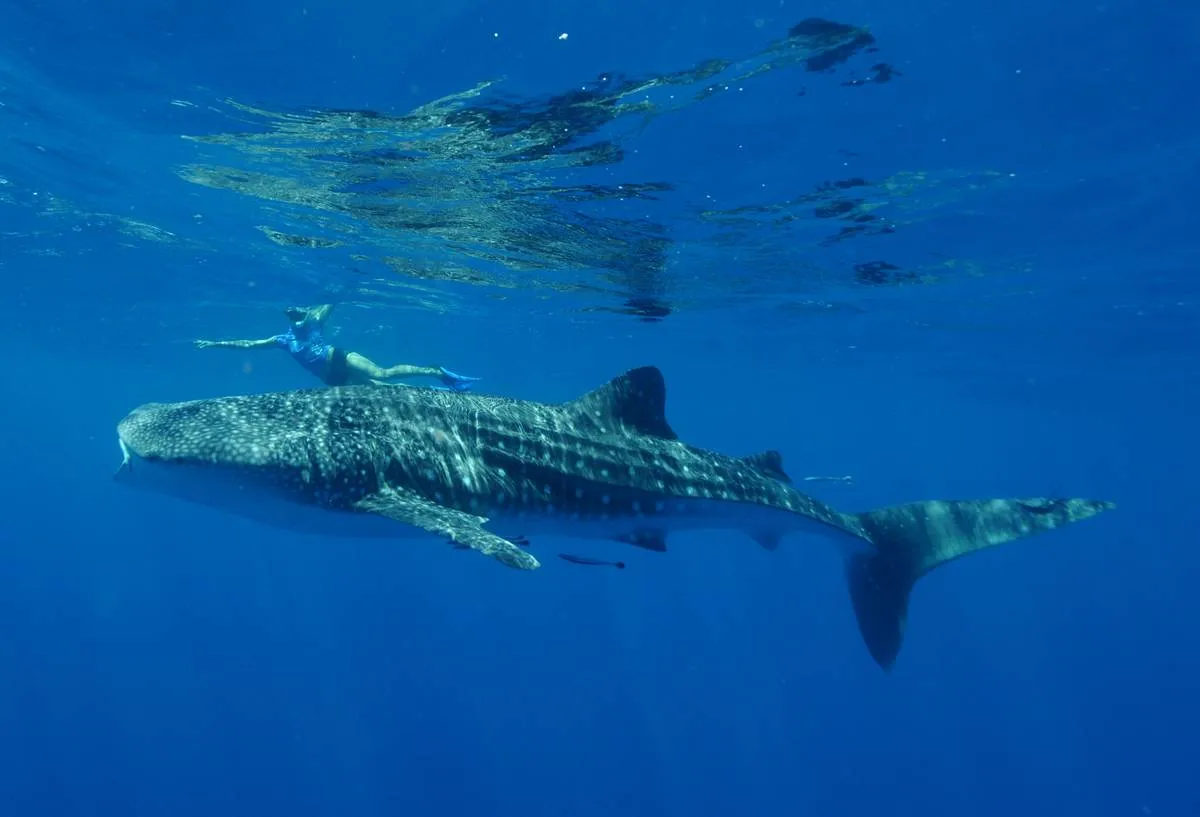
The largest shark in the world dates back to the Jurassic and Cretaceous periods, around 245 to 65 million years ago. Whale sharks are small compared to their ancient ancestors, but they are far friendlier.
Like ancient sharks, whale sharks have tiny teeth. Fossil records suggest that ancient sharks had scales, but no teeth. Although whale sharks have 3,000 small teeth (less than an inch long), they don't use their teeth to eat plankton.
Alligator Snapping Turtle
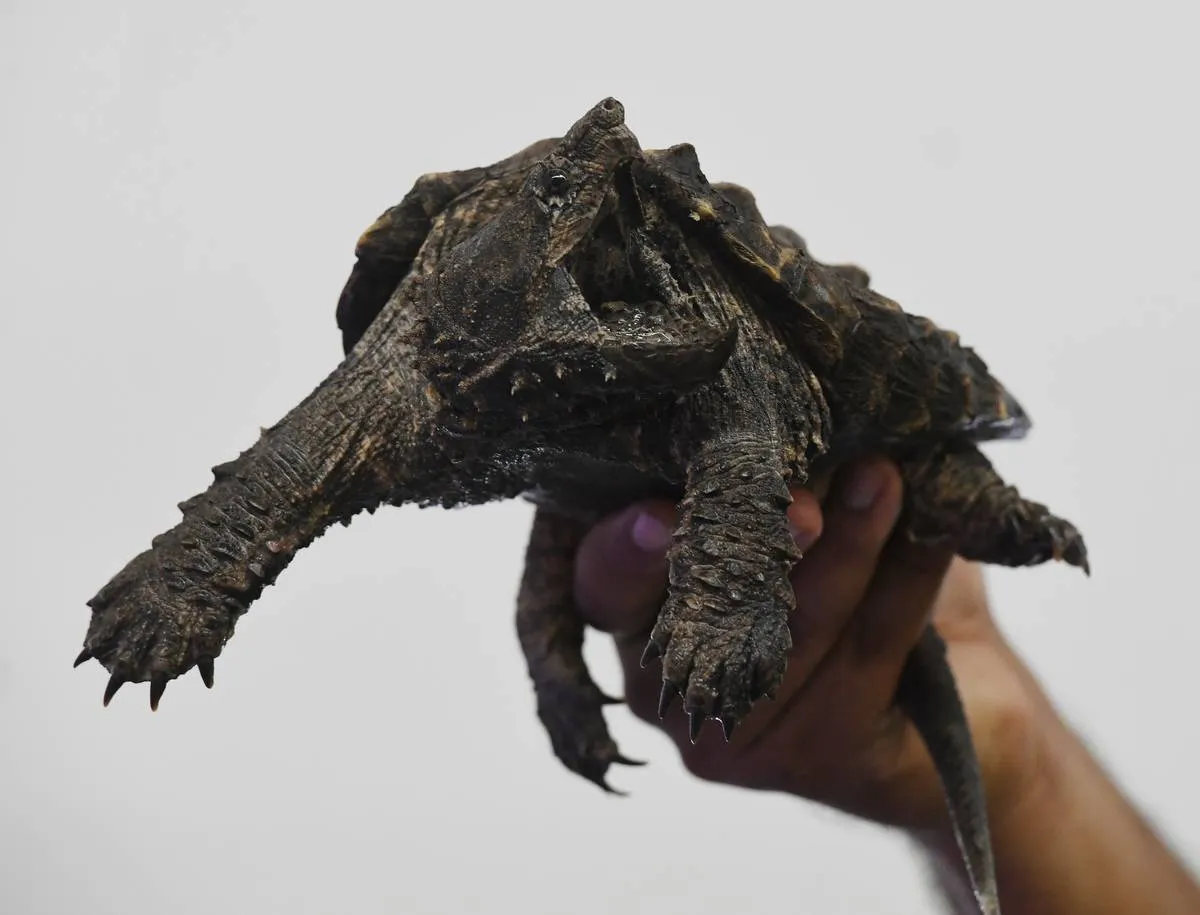
At 220 pounds, alligator snapping turtles are the dinosaur of the turtle sphere. They have lived in the rivers and lakes of southern America for around 70 million years, and they're double the size of most snapping turtles.
Alligator turtles can live up to 100 years. Unfortunately, their numbers have dwindled because of habitat destruction. Although they are not endangered yet, some states banned fishing these reptiles to restore their population. As a giant snapping turtle, they can easily bite off a finger.
Water Bears Aren't Cuddly Or Dangerous
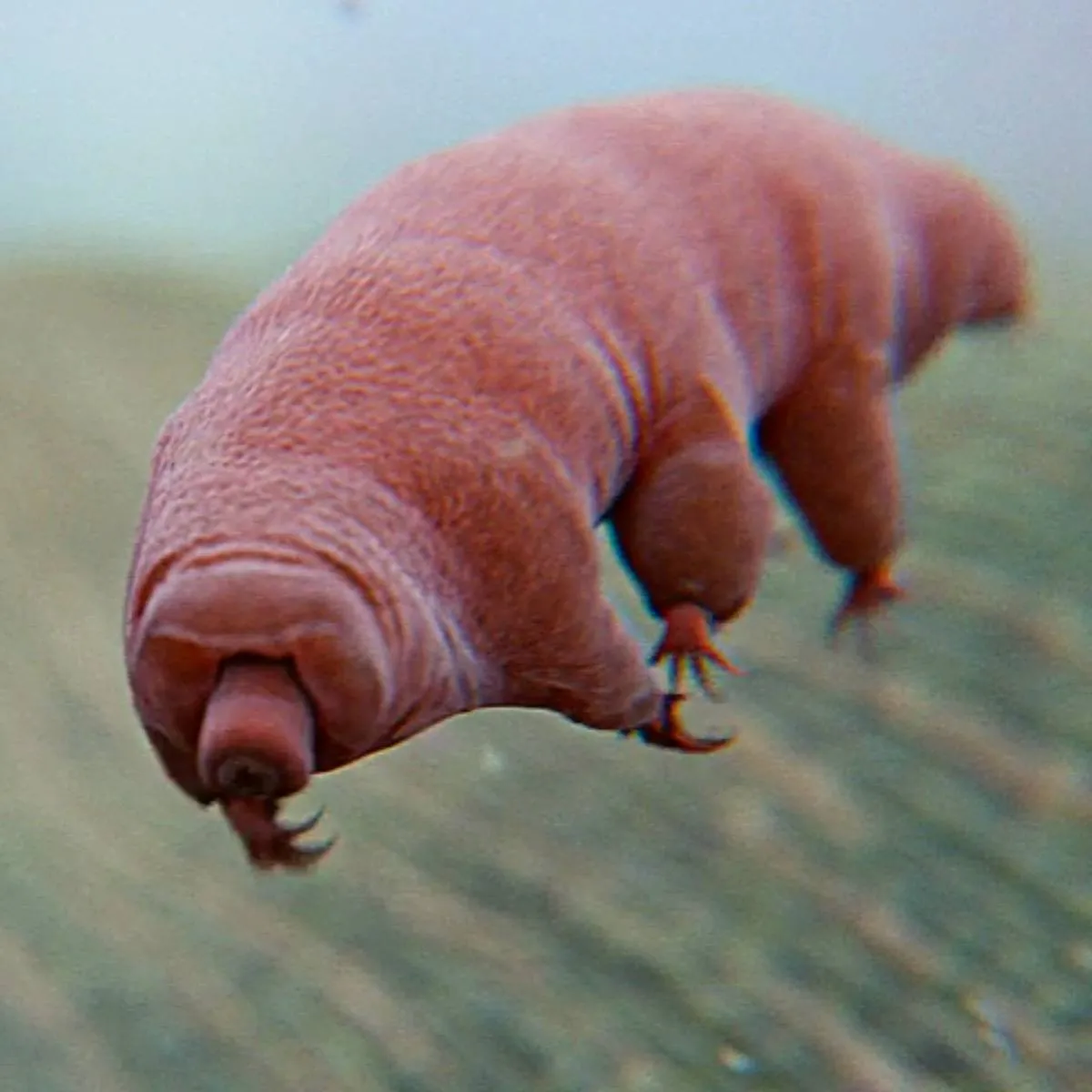
This tiny little terror is hardly as scary as the giant animal they're named after. Water bears are one of the tiniest microscopic animals on earth and they've been found mountaintops, the deep sea, tropical rainforests, and the Antarctic.
These animals were found in amber from the Cretaceous geologic period (145 to 66 million years ago). Modern versions of them likely diverged from their closest relatives in the Cambrian age which was roughly 500 million years ago.









